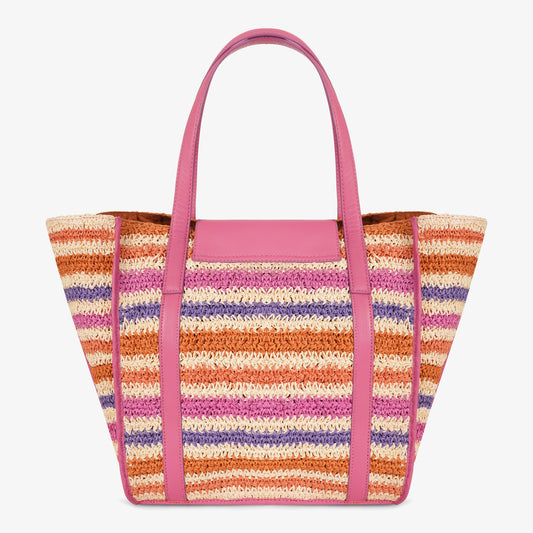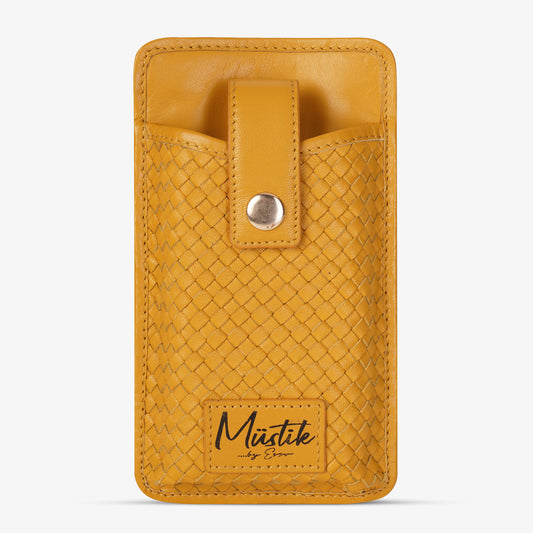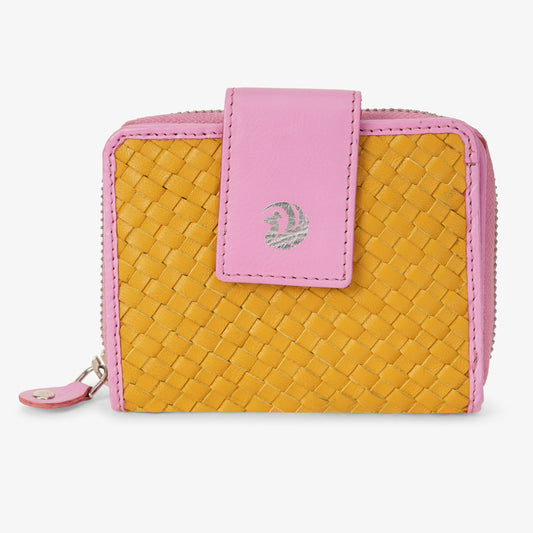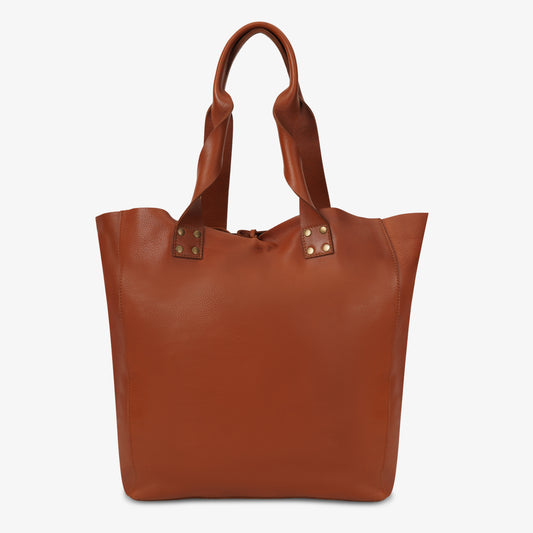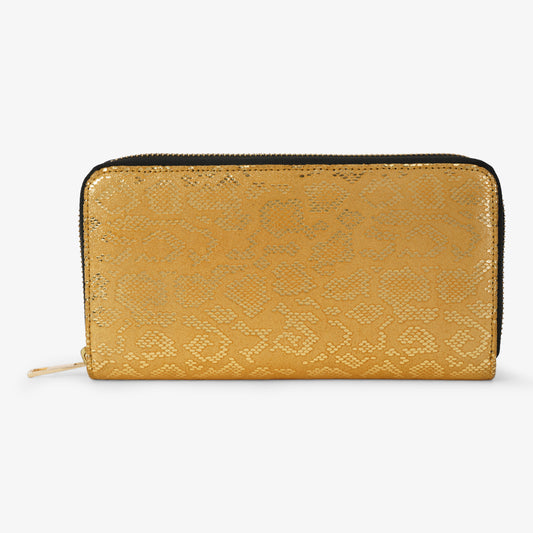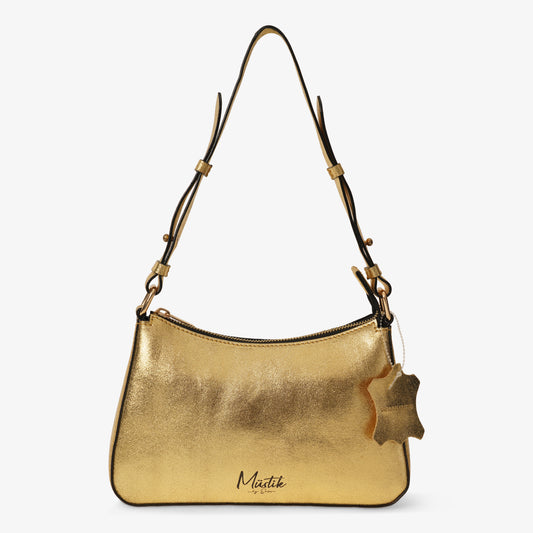Faux Leather
Genuine vs. Faux Leather – How to Spot the Difference
Leather has long been a symbol of luxury, durability, and timeless style. Whether it’s a sleek handbag, a classic jacket, or an elegant piece of furniture, leather adds sophistication that few materials can match. But with so many synthetic alternatives on the market, it’s getting harder to tell genuine leather from faux leather.
If you’ve ever wondered how to spot the difference — or how to make sure you’re getting what you pay for — this guide is for you. At Müstik , we value quality, craftsmanship, and authenticity, and we’re here to help you become an expert in identifying real leather.
What Is Genuine Leather?
Genuine leather is made from the hides of animals, typically cows. The hide undergoes a process called tanning, which preserves it and makes it suitable for use in clothing, accessories, and furniture.
Depending on the part of the hide used and the tanning process, leather can be categorized into:
Full-grain leather: The highest quality, made from the top layer of the hide with all its natural texture. It’s durable, develops a beautiful patina over time, and often lasts decades.
Top-grain leather: Slightly sanded or buffed to remove imperfections, resulting in a smoother finish while maintaining good durability.
Genuine leather (in product labels): Often made from lower layers of the hide. It’s real leather, but less durable than full-grain or top-grain.
Split or bonded leather: Made by bonding scraps of hide together with adhesives — real in origin but heavily processed and less robust.
What Is Faux Leather?
Faux leather, or synthetic leather, is an artificial material designed to look and feel like genuine leather — but without using animal hides. It’s often made from polyurethane (PU) or polyvinyl chloride (PVC) and can mimic the grain, color, and even the texture of real leather surprisingly well.
Common types of faux leather include:
PU Leather: Softer, more flexible, and eco-friendlier than PVC leather. It’s commonly used for fashion accessories and furniture.
PVC Leather: Made from vinyl, it’s more durable and water-resistant but less breathable.
Vegan Leather: A term often used for PU or PVC alternatives, appealing to buyers avoiding animal products.
Genuine vs. Faux Leather: The Key Differences
While they might look alike at first glance, there are several easy ways to tell genuine and faux leather apart. Here’s what to look for:
1. The Smell Test
Real leather : Has a natural, earthy, slightly musky smell that’s hard to replicate.
Faux leather : Smells like plastic or chemicals due to its synthetic composition.
If you can smell strong hints of plastic or rubber, you’re likely dealing with faux leather.
2. The Touch Test
Genuine leather: Feels soft, warm, and flexible. You’ll notice natural grain and slight imperfections. When you press it, the surface wrinkles or stretches slightly — a sign of real hide.
Faux leather: Feels cold, smooth, and overly consistent. It doesn’t have natural pores, and pressing it doesn’t create wrinkles; it just bends evenly.
3. The Look
Real leather: Each piece is unique — you’ll see subtle variations in grain, color, and texture.
Faux leather: Usually has a uniform, machine-made pattern that looks too perfect.
Tip: Real leather often darkens with age and develops a rich patina, while faux leather stays the same (or starts peeling).
4. The Water Drop Test
Sprinkle a few drops of water on the surface.
Genuine leather: Absorbs moisture slowly, darkening temporarily where the water lands.
Faux leather: The water beads up and rolls off since the surface is non-porous.
5. The Edges
Look closely at the edges of the material.
Real leather: Rough, fibrous, and uneven.
Faux leather: Smooth, flat, and often perfectly cut by machines.
6. The Price Tag
While not always definitive, price often reflects authenticity.
Genuine leather: More expensive due to the natural material and craftsmanship involved.
Faux leather: Typically cheaper and mass-produced.
Durability: Which One Lasts Longer?
If cared for properly, genuine leather can last for decades — even improving in look and feel as it ages. It’s naturally resistant to tearing and can handle years of use.
Faux leather, on the other hand, tends to crack, peel, or fade after a few years. It’s not breathable and can wear out faster, especially in humid conditions.
However, faux leather has improved significantly over the years. High-quality PU leather can still provide a long lifespan at a more affordable price — just not as long as authentic leather.
Maintenance and Care
For Genuine Leather : Clean it with a soft cloth and mild cleaner, then condition it regularly with leather balm to prevent drying or cracking. Keep it away from direct sunlight or excessive moisture.
For Faux Leather : Wipe it clean with water and mild soap. Since it doesn’t absorb oils, you don’t need to condition it — but avoid harsh chemicals that can damage the coating.
Environmental Considerations
It’s worth noting that real leather is a byproduct of the meat industry, but tanning processes can involve chemicals like chromium that affect the environment if not managed properly.
Faux leather, while animal-friendly, is made from plastic-based materials that don’t biodegrade easily. However, some brands now produce eco-friendly PU leather made with plant-based materials or recycled plastics.
At Müstik, we encourage conscious choices — whether you prefer authentic craftsmanship or sustainable alternatives, understanding both sides helps you buy responsibly.
Why Knowing the Difference Matters
Whether you’re shopping for a premium bag, a jacket, or furniture, knowing the difference between genuine and faux leather ensures you make an informed decision.
Here’s why it’s important:
Avoid overpaying: Some sellers mislabel faux leather as genuine to raise prices.
Choose what fits your lifestyle: Genuine leather offers long-term durability; faux leather provides easy maintenance and affordability.
Support ethical brands: Understanding materials helps you align your purchases with your values — whether luxury, sustainability, or cruelty-free fashion.
How to Verify Leather Authenticity When Shopping Online
Shopping online for leather products can be tricky. To protect yourself:
Check product descriptions carefully – Look for terms like full-grain, top-grain, or PU leather.
Read reviews – Authentic leather items usually receive comments about the smell, texture, or aging.
Look for transparency – Trusted brands, like Müstik, clearly describe the materials used and show close-up photos of the product texture.
Ask questions – Reputable sellers are always happy to clarify if their leather is genuine or synthetic.
Final Thoughts
Distinguishing between genuine and faux leather doesn’t have to be complicated. Once you know what to look for — from the smell and touch to the price and durability — it becomes easy to tell them apart.
If you’re looking for authentic, high-quality leather goods that last a lifetime, explore Müstik . Our commitment to craftsmanship ensures every product embodies authenticity, elegance, and enduring value.
Read More




